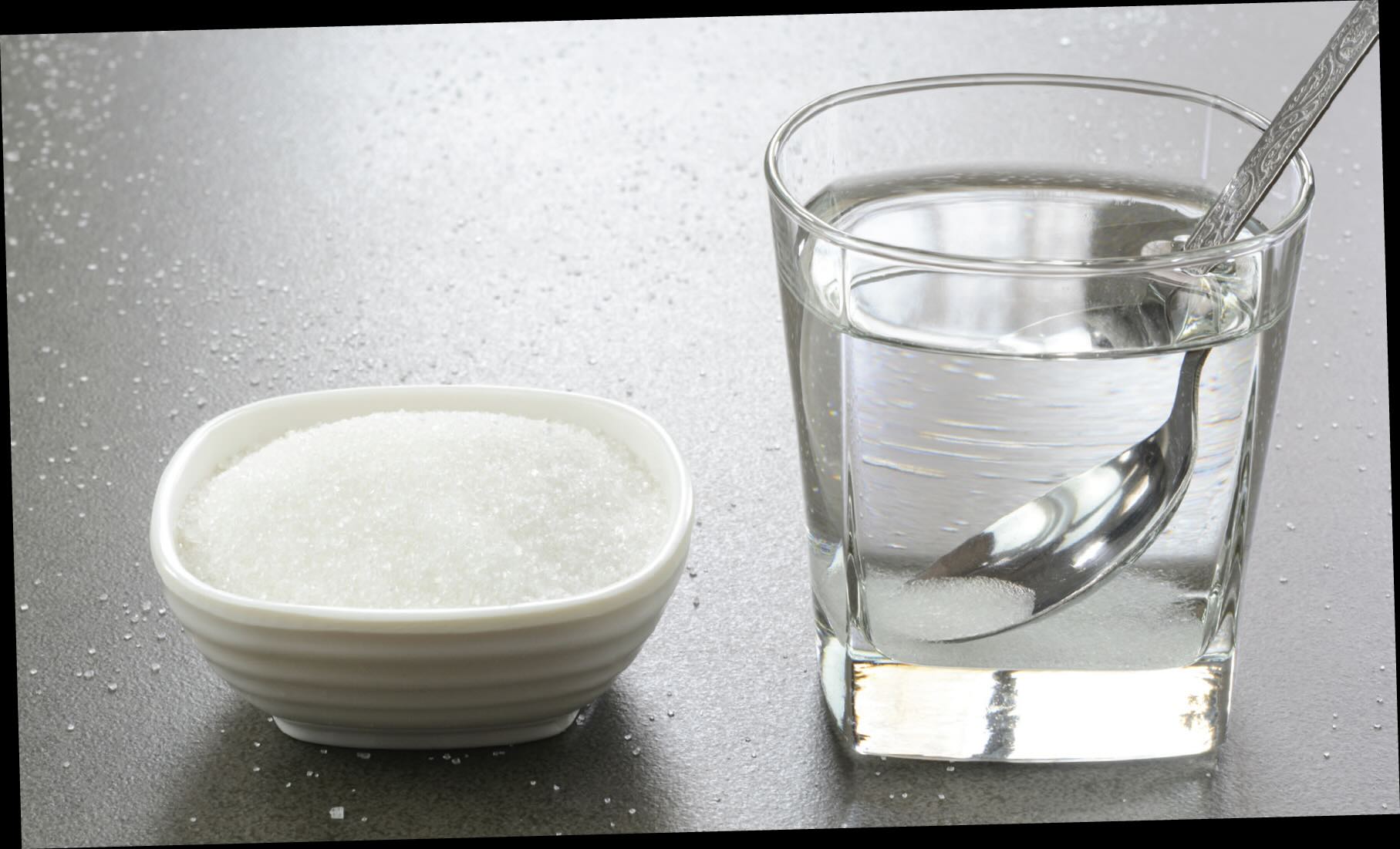Chemicals and traveling
By Dr. Selim Erhan, TLT Editor | TLT From the Editor May 2024
The chemistry of our bodies is very complex, but some simple things can have great benefits.

It is such a pleasure to visit customers and attend face-to-face meetings and interact with colleagues at conferences. I am sure everyone agrees with the unmeasurable benefits. We are social creatures, and we thrive on interactions not only to nurture our soul but to get motivated in thinking of new avenues and come up with solutions.
Planes are packed, the conferences are lively and, of course, we do encounter viruses and bacteria during these interactions. Our immune system takes care of most of these intruders or all of them. The protection seems to heavily depend on our stress levels and anxiety. We know from many scientific studies and our own experiences that high levels of stress, constant worrying and constant anxiety inhibit our immune system, which would otherwise protect us from these harmful intruders.
The chemistry of living creatures is mindbogglingly detailed, and we have barely scratched the surface in our understanding of this enormously complex system. As a chemist I follow some of the simplest solutions, and one of them is the effectiveness of table salt. I grew up by the sea and know from personal experience that if we had a stuffy nose and could swim, it would quickly take care of the problem. Gargling with salt water can help relieve discomfort from a sore throat and other viruses and bacteria. So I started carrying salt in a plastic bag in my travel bag. Sure enough, several times during my travels I woke up at 3 a.m. unable to even swallow. After a few minutes with salt water, the next morning I felt fine!
However, this brought another problem. Table salt looks very much like narcotics, which I have luckily not encountered but often see cocaine in movies. So, I carry Himalayan salt, which has pink large crystals, which I thought would not be mistaken for cocaine. Little did I know how far behind my drug culture was. They said the new synthetic drugs looked exactly like my Himalayan salt, and I watched as three security guards brought in a drug analysis kit, and they dropped chemicals to test for a positive identification. Luckily the salt did not have some hidden chemicals, and I also was happy to know the healing powers were from the salt alone.
When I sat down at my gate I started thinking if people who used drugs really realize what goes on in their bodies. A lot of neurotransmitters and hormones are in the microgram levels, yet a slight deficiency or an excess causes severe and in most cases irreversible diseases. Most of us would never spend half a million dollars to buy a sports car. But if someone gave us such a car as a present, and the one condition would be to take care of it and not put in vinegar instead of gasoline, would any of us put vinegar in just to see what it would do to the engine? Yet, when it comes to our bodies, which are far more complicated, a lot of people go ahead and use narcotics.
Like I said, I am way behind my drug knowledge but want to pass along an example I know. Cocaine has a chemical structure very similar to neurotransmitters. When the brain sends an electrical signal, the signal travels from nerve cell to nerve cell with chemistry. The electrical potential of one nerve cell changes, which then releases neurotransmitters from the tail end, which then attach to the receptors of the next nerve cell, causing a potential change, and the process is repeated down the pathway. You will all agree that we can respond at lightning speed, yet these responses are comprised of many reactions. After the signal is delivered the neurotransmitters disengage and the cells make new ones, ready to go. However, if you have cocaine, which also sits on these receptors, they don’t disengage for a long time, keeping on stimulating the cells, and I guess that gives the happy feelings people talk about. The brain realizes that there are too many neurotransmitters so gives signals to make fewer neurotransmitters to replenish the ones that were used. Thus starts a cycle of high stimulation followed by lower stimulation and depression, which then prompts getting more cocaine. Each time the situation gets worse with the brain steadily making fewer neurotransmitters and the person seeking more cocaine to stop the deepening depression cycle, until they would do anything to get more drugs.
After thinking about these I was even happier with my Himalayan salt! Looks can be deceiving and, in this case, in a good way!
Dr. Selim Erhan is director of business development for Process Oils Inc. in Trout Valley, Ill. You can reach him at serhan@processoilsinc.com.